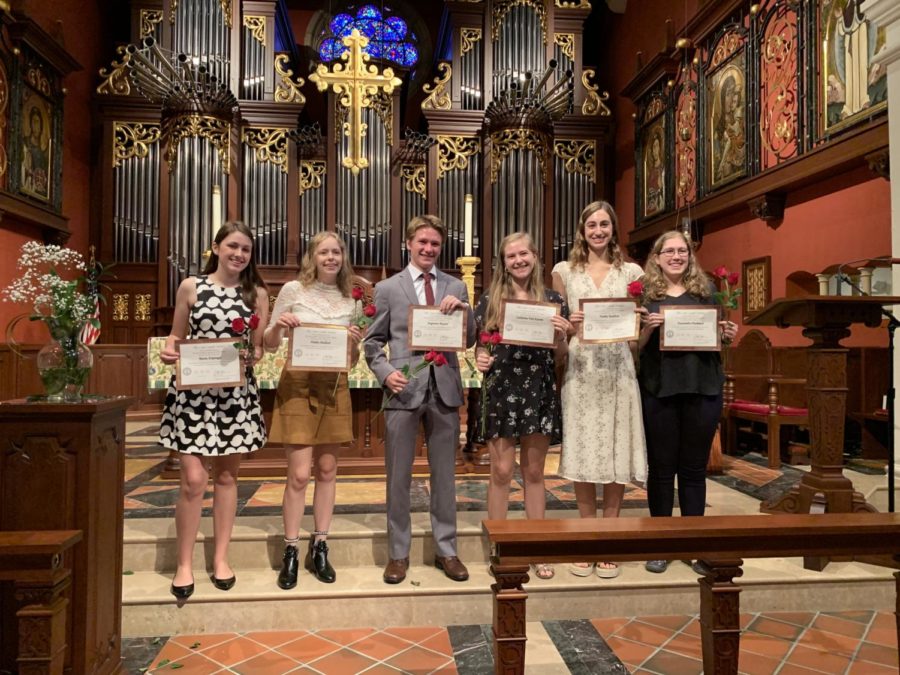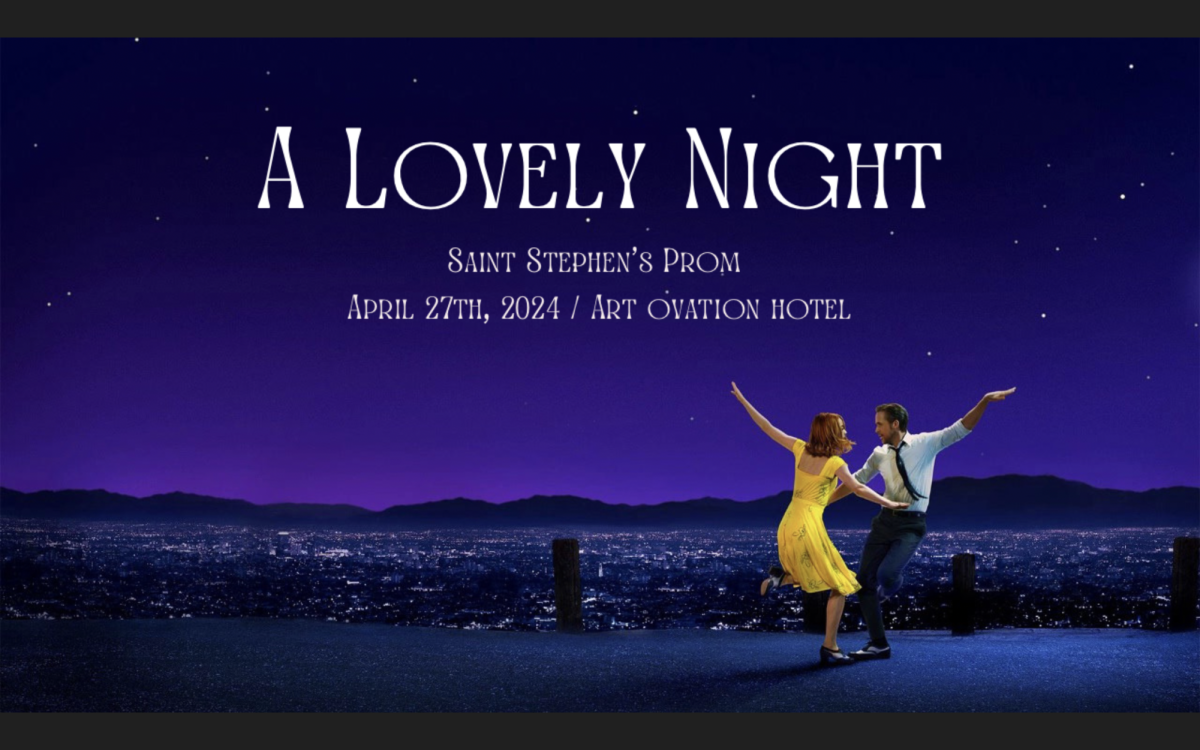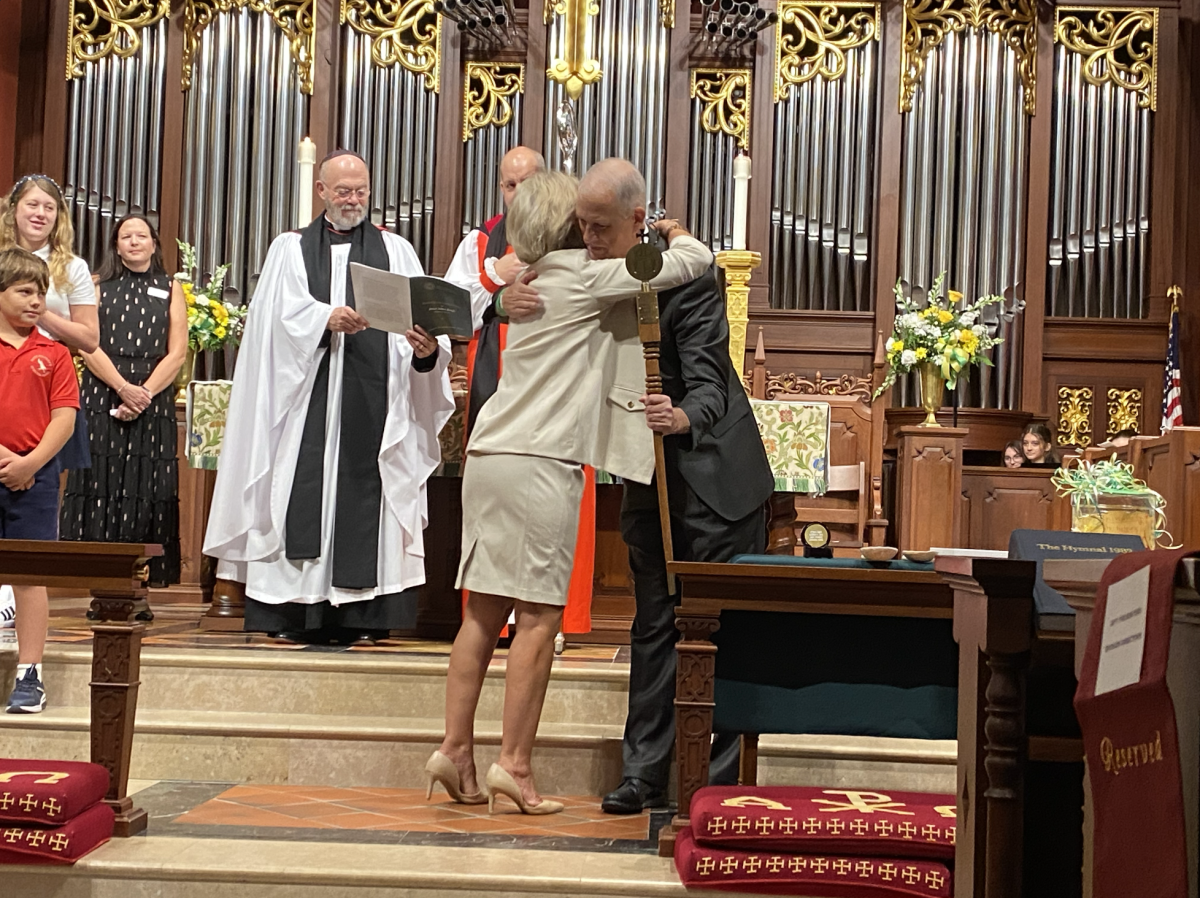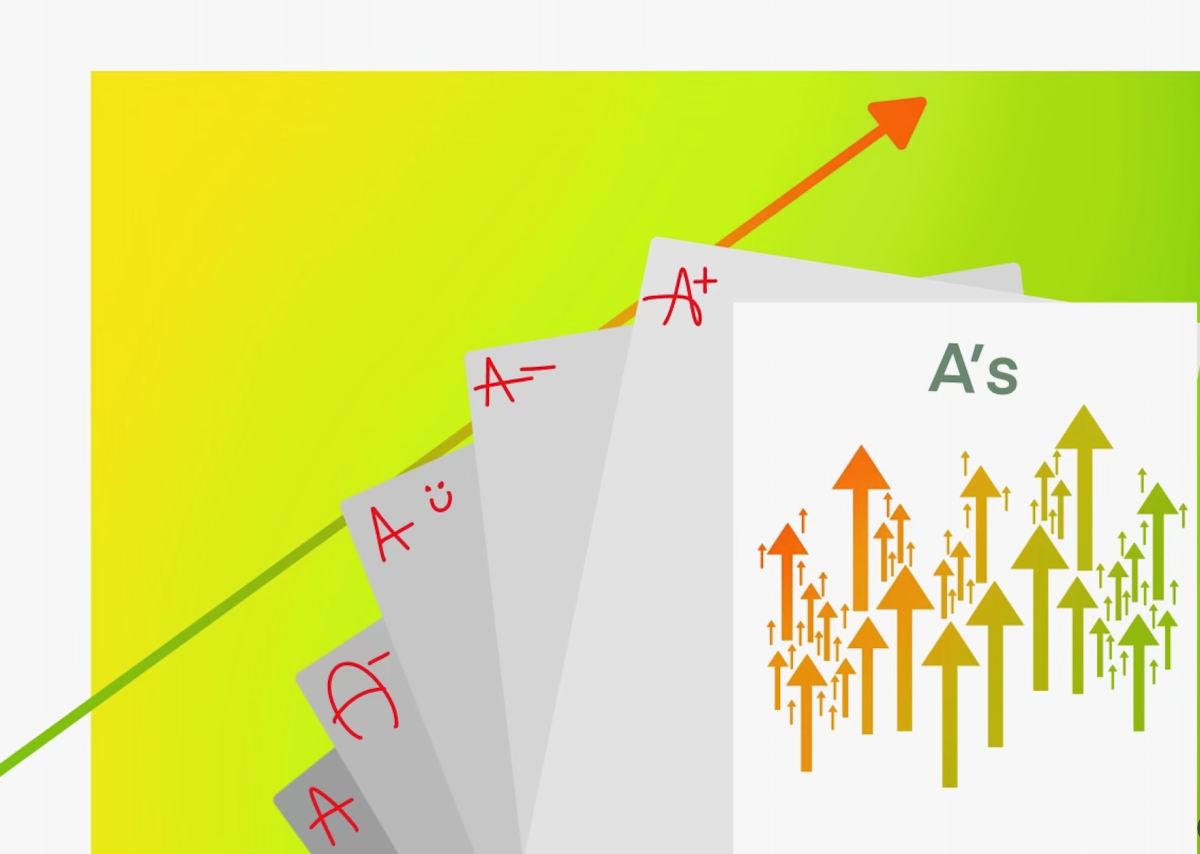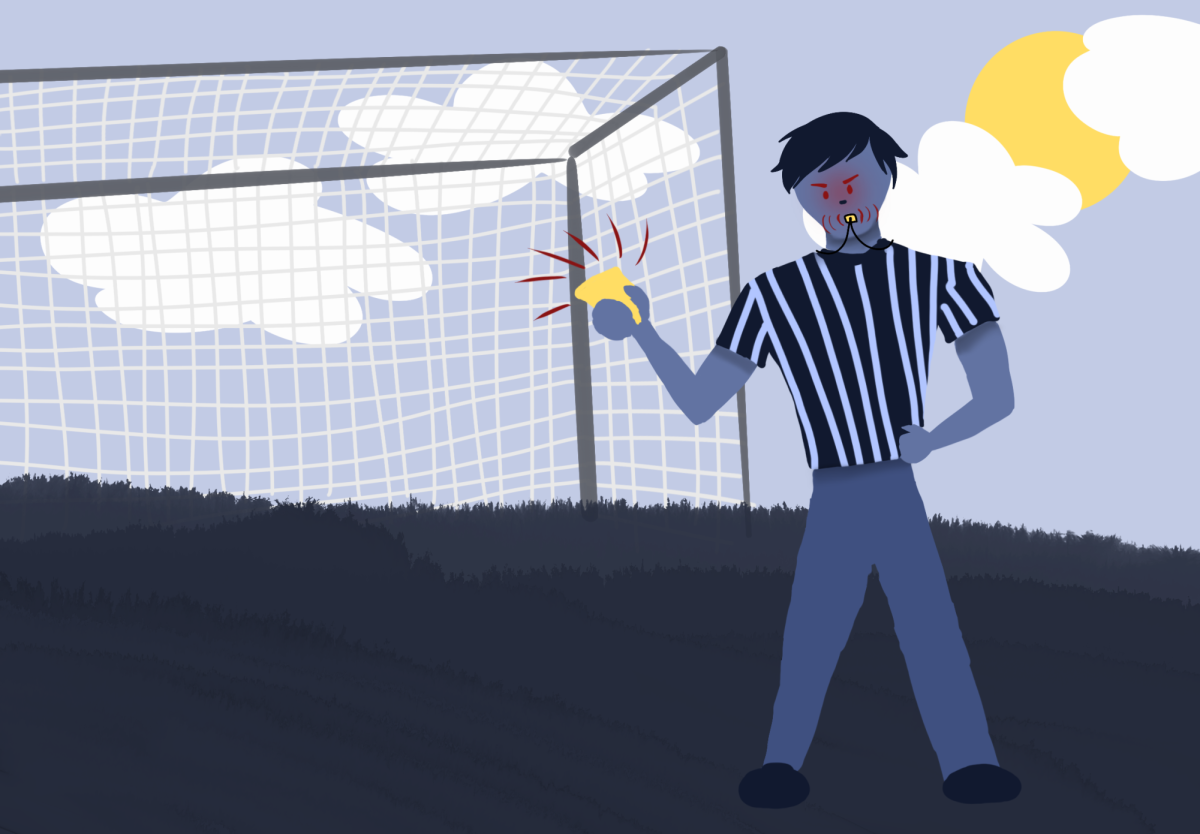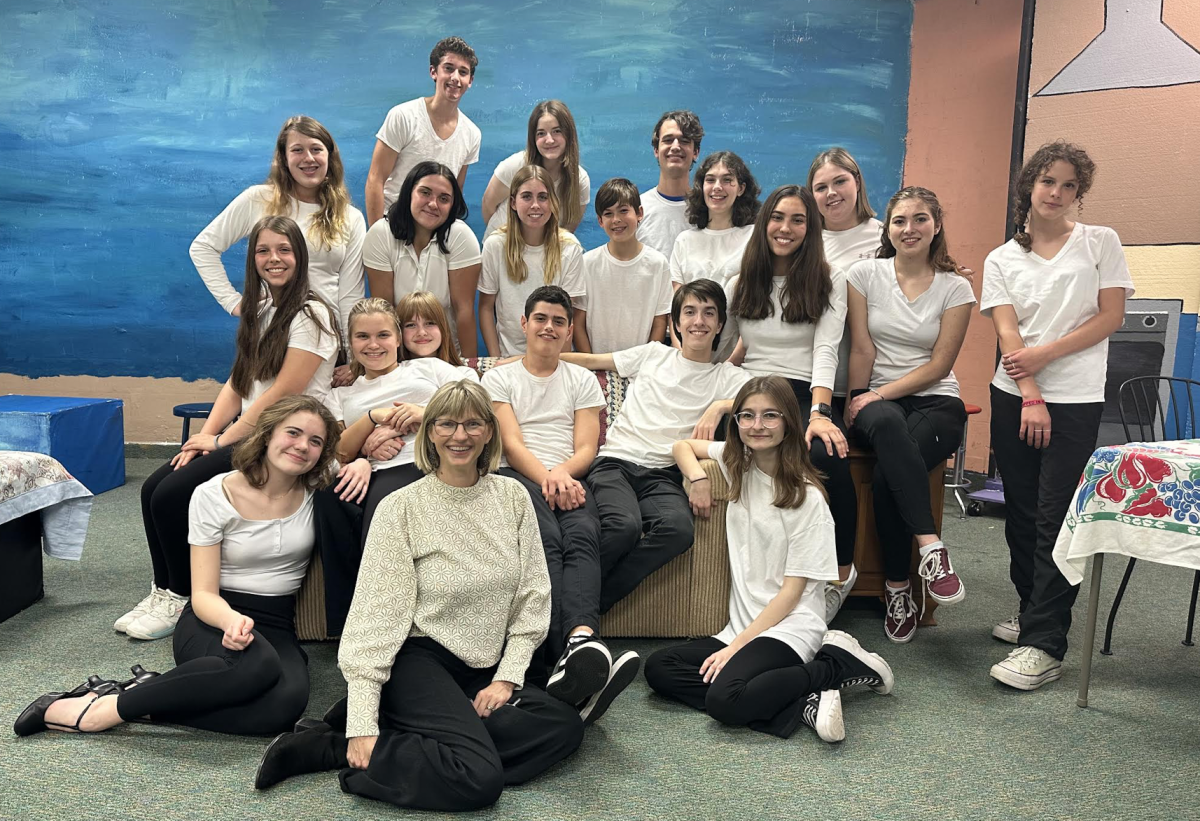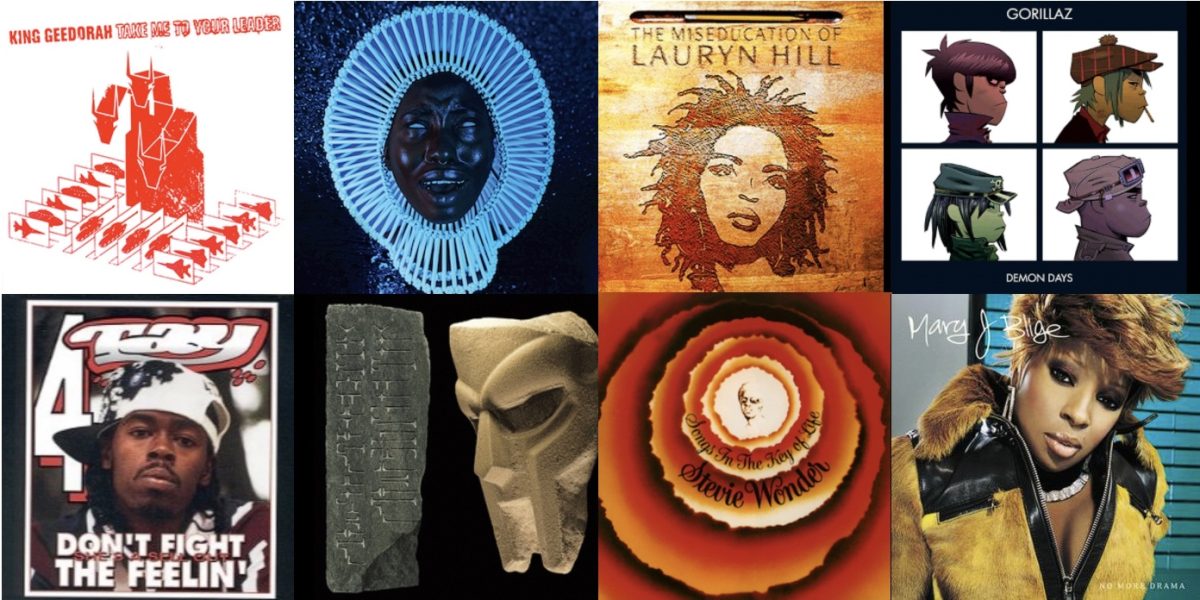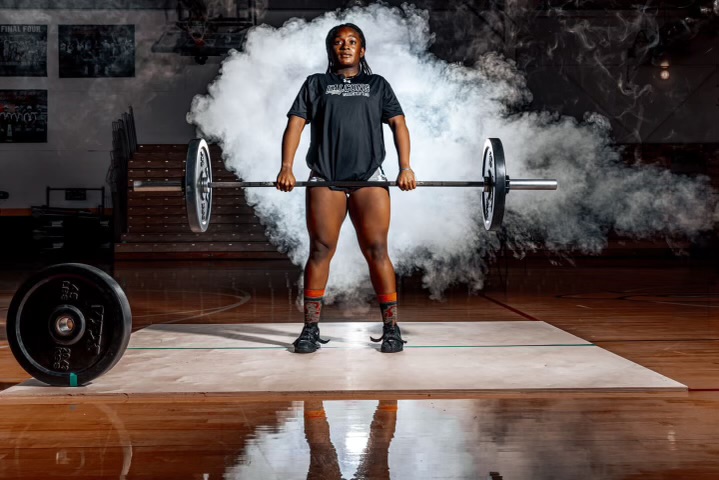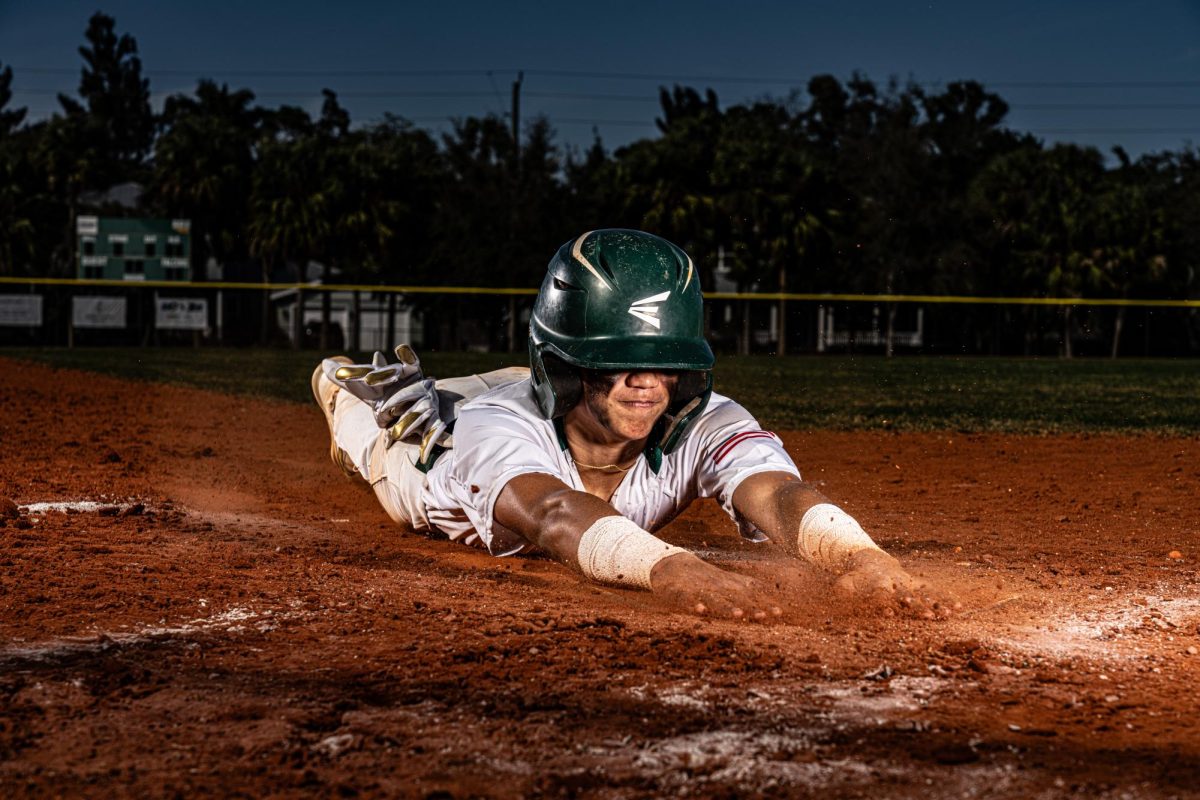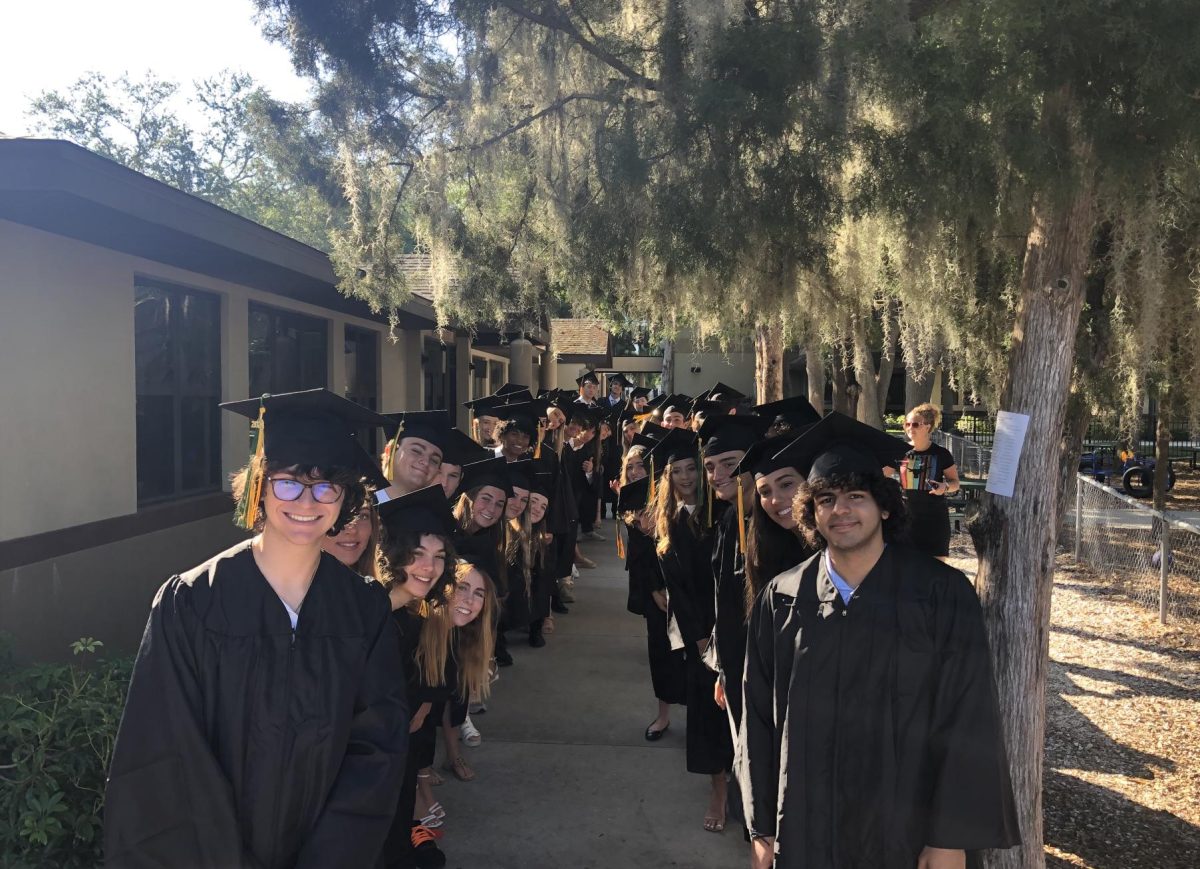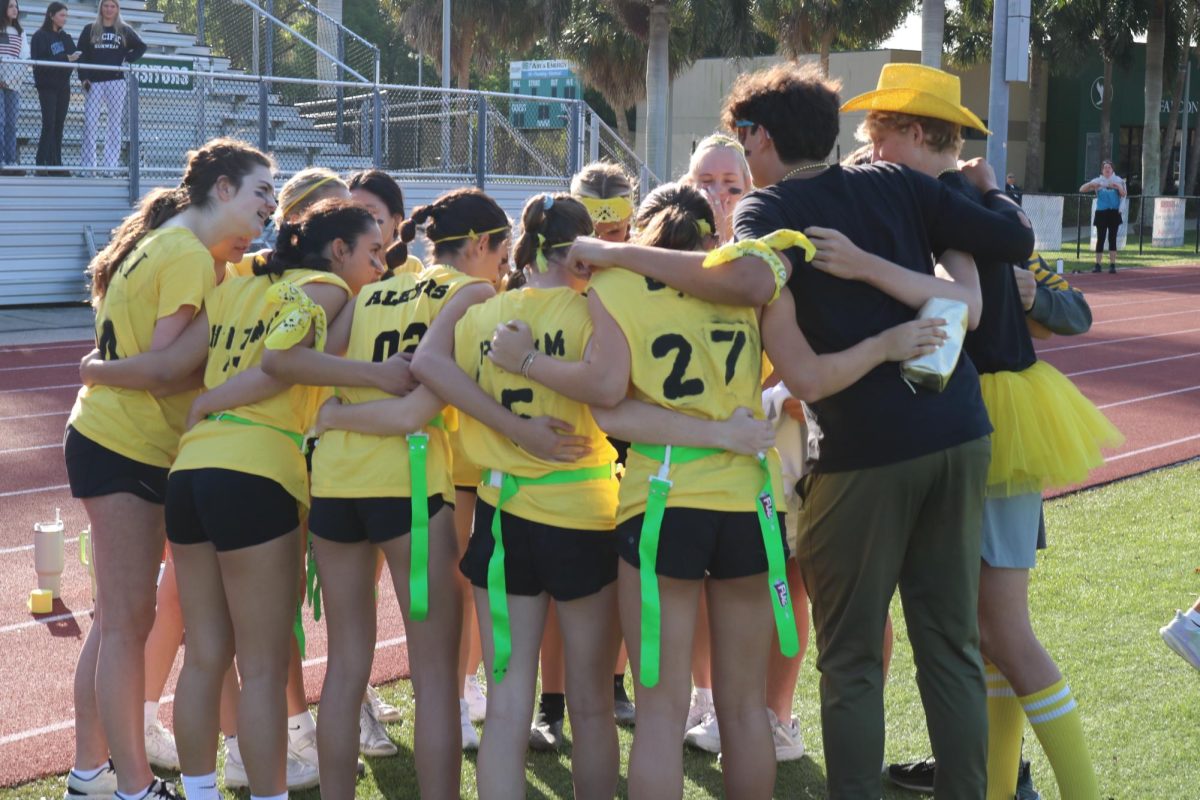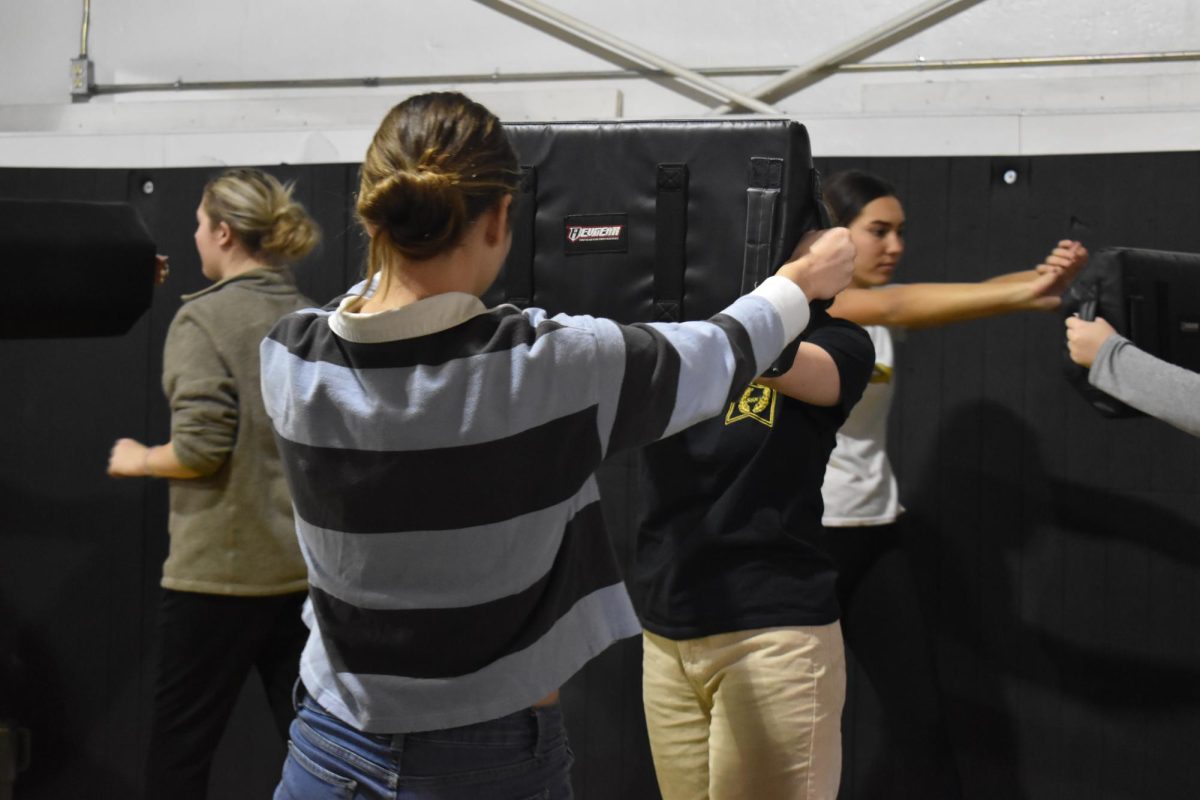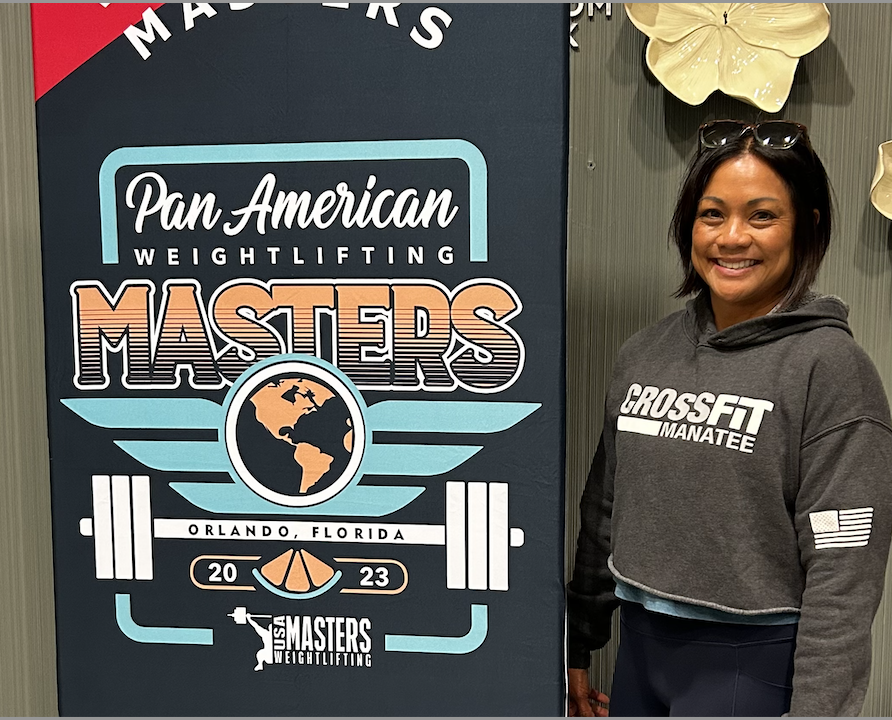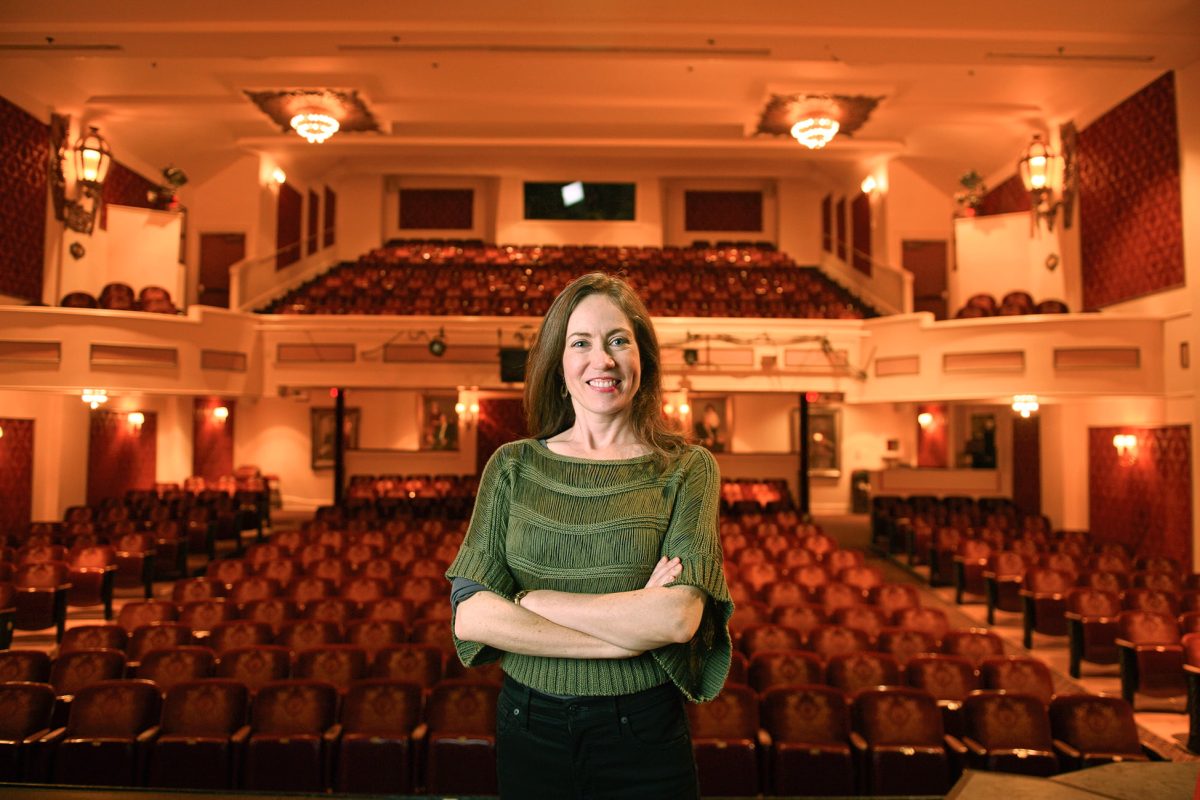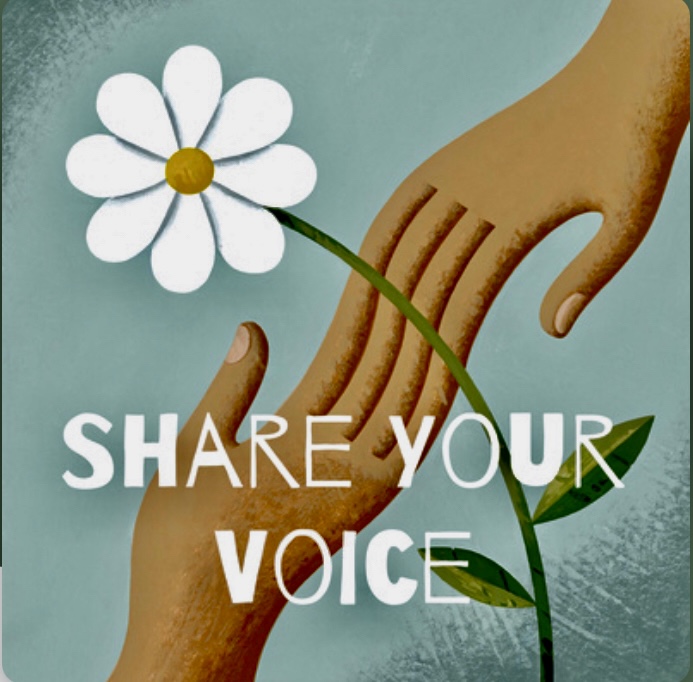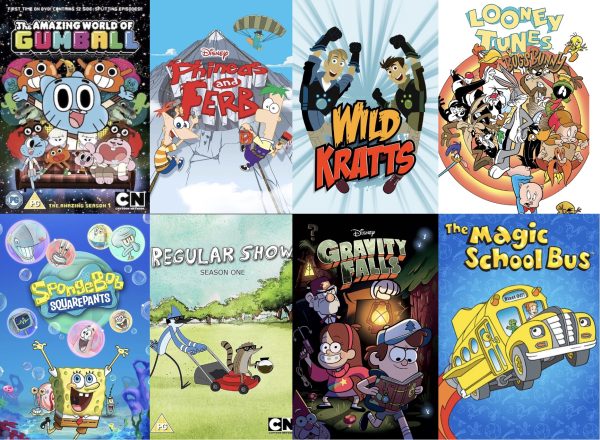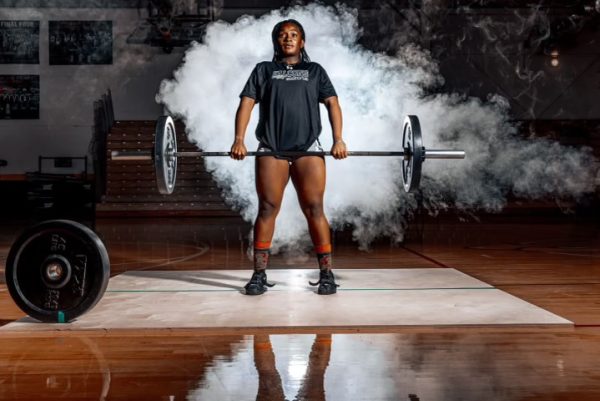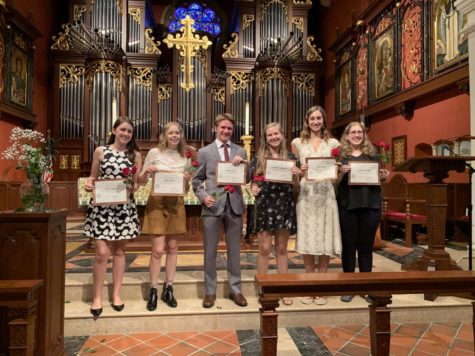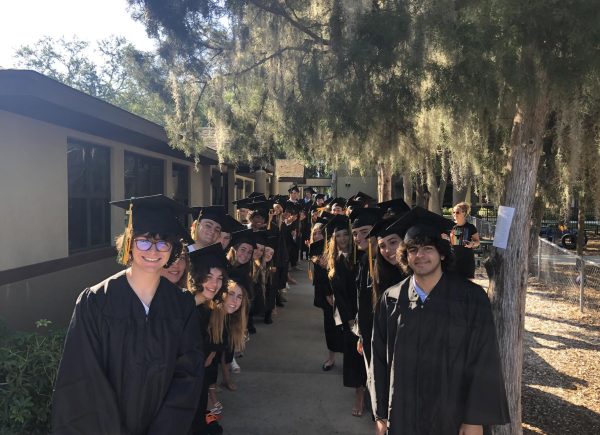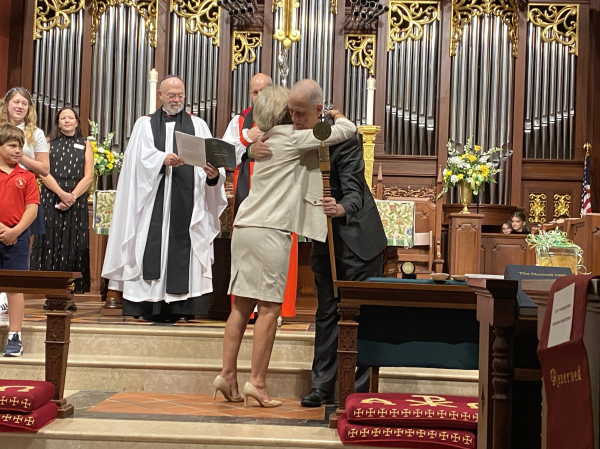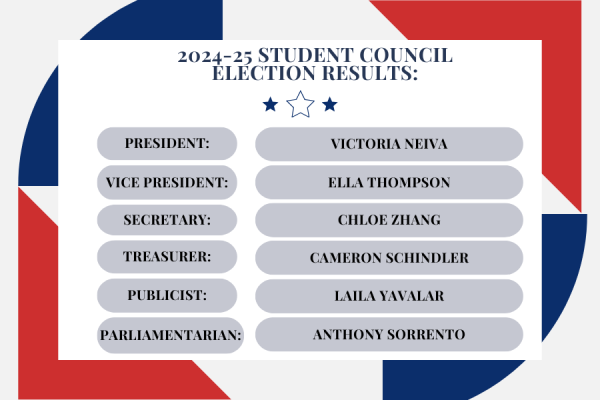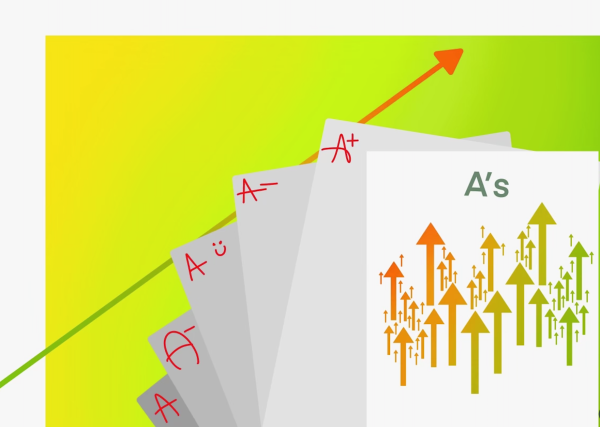From Vermeer to Versace: Is fashion art?
Exploring the role of fashion in the art world.

February 2, 2015
Monet, Dali, and Raphael are quintessential artists in eyes of the world. So where does that leave Coco Chanel, Giorgio Armani, and Gianni Versace? This question brings up varying opinions on the domain of art.
Art is typically thought of as the expression of human creativity in a visual and audible form through sculptures, paintings, and music. Opposers of this belief generally put more emphasis on “human creativity” expanding the domain of the subject. Mrs. Hertrick, the new Lower-Intermediate School art teacher noted, “I think that one of the most interesting things about art is that it can mean so many different things! But if I had to come up with a simple answer, I would say that art is the creative expression of an idea.”
It is true that pre-modern era art years consisted of paintings of important figures and events of those times. However, at the advent of the modern-era, the everlasting boundaries of art were forever torn down. Dance, music, and literature quickly filled the vacancies of the various categories of creative activity. As time goes by, art embraces more and more forms of creativity. So that begs the question: Is fashion art?
The main differences between fashion and art can be found in their utility. Art in the traditional sense is not used, but rather displayed. The experience of observing art involves interpreting piece and appreciating the craft. But is that experience not the same for fashion? The Devil Wears Prada, the most popular of fashion movies, states that “Fashion is not about utility. An accessory is merely a piece of iconography used to express individual identity.” This powerful statement pervaded the fashion world rapidly and has became the fuel to many young fashion careers.
Many also argue that fashion is the wearable result of a creative process intended solely for commercial intent. However, every art form has a consumer basis. Art may be held to a high standard in society but it is just as easily produced, replicated, and sold. Both constrained by the boundaries of markets and materials, art and fashion lie in the same field. Reality is, artists have become brand names. Instead of the artwork itself, the market, or brand value of the “product” is considered thoroughly. This change is merely an adaptation to the growth of the art economy and the need to consider income versus ideological effect. Both fashion and art share a goal: to make a product that sells.
The most controversial sparks of the debate come from the education aspect of art. Earning a degree in the arts has become a popular choice among college students. Schools based solely on this premise have in fact become popular on a global scale. Parsons, in New York, as well as the Fashion Institute of Technology, are famous for their specialty in the arts and all that the category entails. However, if a degree in the arts is part of the process of becoming an artist then would a degree in the arts mean that a fashion designer is an artist?
Techniques used in both art and fashion are surprisingly similar. The thread that binds art and fashion together is that techniques in both fields can be learned. The mere concreteness of this fact in the abstract worlds of fashion and art make the relationship noteworthy. Noteworthy fashion requires a creative mind (like that of Valentino or Alexander Wang), skilled craftsmanship in building the garment, and a unique and engaging use of the media (from window ads to online pop-ups). Some fashion and art even occur by mistake. The spontaneity of both makes a structured technique or format impossible in the field.
Art Department Chair, Ms.Johnson said, “As a teacher you have to have to certain goals for your students to grasp different concepts and techniques. At the same time that you want students to use those techniques you teach them, you want them to begin to find their own ideas and voice.”
Teachers of the arts give students the tools to make magic from the ideas that float their minds. Techniques and tools of expression are given, not the ideas themselves. A common misconception is that the best artists were born “good.” Students are often heard saying, “He woke up like that.” However, fashion designers and artists went through a process that provided them with the basic essentials to flourish. Effort and technique are part of the process.
While many of the talented artists in the world are applauded, art that has made it to the museum arena is held at highest value. Many, however, believe that the best art isn’t always showcased on the white walls of The Met. Senior Toby Howell said, “I don’t even think the best art needs to be seen by people because if it’s a self expression then it’s for you.”
Deeming a piece or work as “art” is falling more into the hands of the critic than experts or art officials. Art teacher Mrs.Hertrick believes that art allows for a great deal of independence for both the viewer and the artist. She said, “While much of the art in museums is exceptional, inspiring, and made by dedicated artists, the simple fact of being in a museum doesn’t make it ‘the best.’ You get to decide that for yourself!”
No matter how we look at it individually, fashion and art are bound tightly together. Through education, economics, and entertainment, these two worlds collide everyday. Thriving and striving, fashion and art have synergy– a close physical relationship, usually to the advantage of both. Ignorance of the interaction between the two would simply be ludicrous. As senior and fashion enthusiast Ben Kalish notes, “I think people should pay more attention to fashion; it has a lot of potential to become a more utilized outlet for creativity.”

